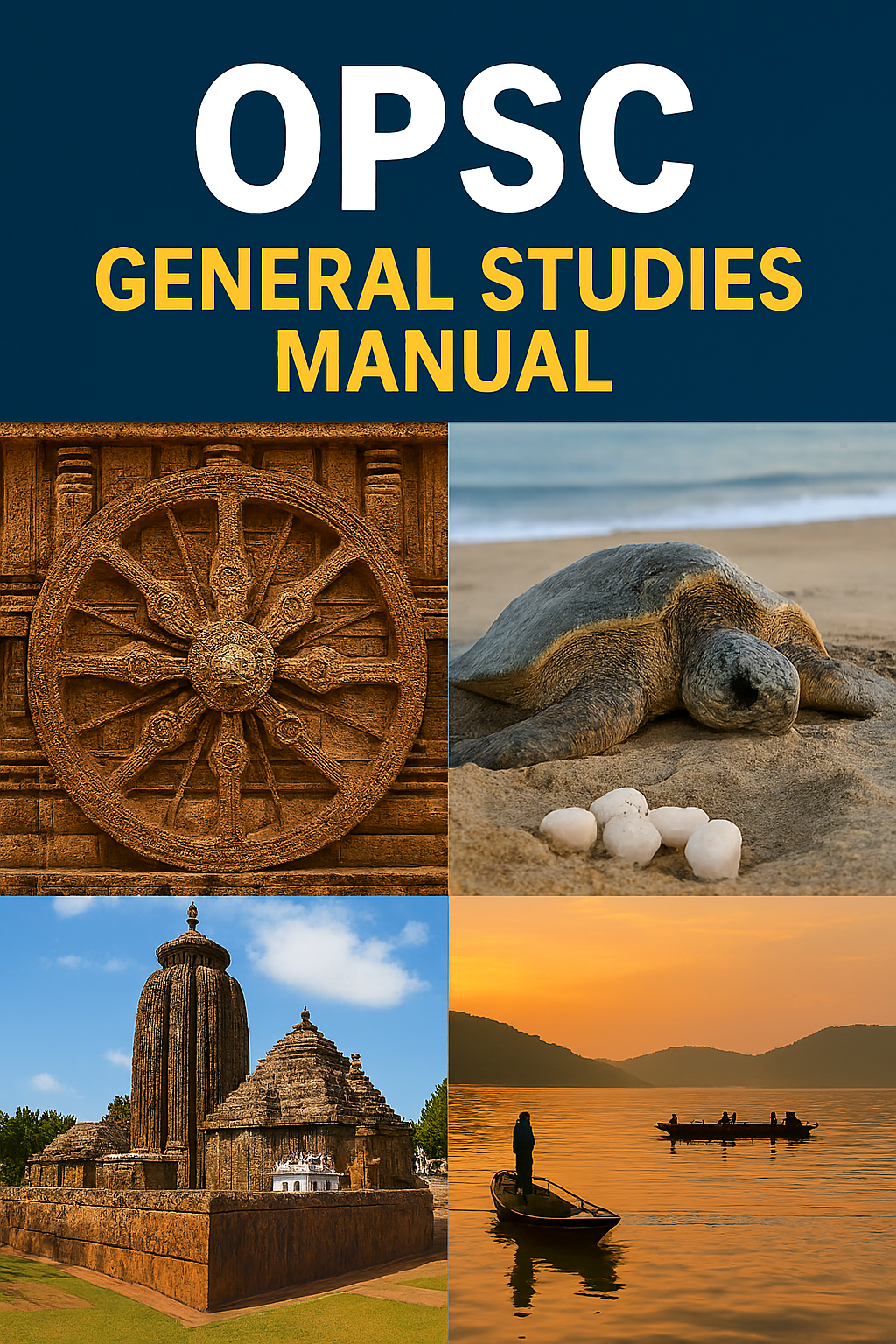GEOGRAPHY
- Earth
- Interior of Earth
- Composition of Earth
- Mantle
- Core
- Lithosphere and Asthenosphere
- Magnetic field of Earth
- Magnetic Dip
- Geomagnetic Equator & Equatorial Electrojet
- Earth’s Magnetosphere
- Earthquakes
- How The Earthquakes Occur?
- Determination of Epicentre
- Earthquake Magnitude and Earthquake Intensity
- Richter Magnitude Scale
- Moment magnitude scale
- Earthquake Belts
- Earthquakes in India
- Seismic Zoning of India (Zone 1 to Zone 5)
- Layers of Atmosphere
- Troposphere
- Tropopause
- Stratosphere
- How temperature varies with height in Atmosphere?
- Temperature Inversion
- Ozone Layer
- Mesosphere
- Solar radiation and Insolation
- Exosphere
- Albedo
- Effects of the Atmosphere on Solar Radiation
- Methods of Heat Transfer
- What is Latent Heat?
- Earth Heat Budget
- Distribution of Temperature
- Temperature Zones of Earth
- Isotherms
- Daily variation of Temperature
- Atmospheric Pressure & Global Winds
- Pressure belts of the Earth
- Coriolis Force
- Intertropical Convergence Zone and Doldrums
- Horse Latitude
- Trade Winds
- Westerlies
- Polar winds
- Jet Stream
- Local Wind
- Monsoon
- Composition of Atmosphere
- Rain
- Types of Rain
- Distribution of Rainfall in India and world
- What is Cloud?
- Air Mass & Fronts
- Frontogenesis and Frontolysis
- Types of Fronts
- Cyclone
- Formation and Effects of Tropical Cyclone
- Formation and Effects of Extra Tropical Cyclone
- How the cyclones are named?
- Anticyclones
- Biosphere
- Ecosystem, types, and services provided by the ecosystem
- Biome and Ecozones
- Types of Biome
- Savannah Biome
- Mediterranean Biome
- Desert Biome
- Soil
- Types of Soil in India
- Soil Acidity and Basicity
- Layers of soil
- Soil Taxonomy
- Rocks & Minerals
- Rock Types
- Intrusive and Extrusive Igneous Rocks
- Felsic Rocks and Mafic Rocks
- Sedimentary Rocks
- Metamorphic Rocks
- Volcanoes & Volcanism
- What is Magma?
- Weathering
- Relief Features of Earth Surface
- First, Second and Third Order of Relief
- Relief Features of the Oceans
- Continental Drift
- Evidence of Continental Drift: Wegener’s Continental Drift Hypothesis
- Plate Tectonics
- Paleomagnetism
- Seafloor Spreading
- Movement of Plates
- Faulting Versus Folding
- Major and Minor Plates
- Plate Boundaries
- Mountain Formation: Orogeny
- Types of the Mountains
- Landform
- Types of Landform: Erosional and Depositional
- Landforms made by River Erosion
- Landforms made by River Deposition
- Landforms made by River Transportations
- Ocean Sediment
- Manganese Nodules
- Ocean as the Source of Energy
- Ocean Temperature
- Horizontal and Vertical Variation of ocean water temperature
- Ocean Current
- Coriolis Effect and Coriolis Force
- Types of Oceanic Currents
- Tides
- Geology of India
- Archean formations
- Dharwar System
- Cuddapah System
- Vindhyan System
- Gondwana System
- Deccan Trap
- Tertiary System
- Gondwana System in India
- Physiographic Features of India
- The Himalayan Mountains
- Himalayan Orogeny
- Classification of the Himalaya System
- Geographical Regions of Himalaya
- Geographical terms associated with the northern plains of India
- Important Mountain passes in Himalayas
- The Northern Slopes and Southern Slopes of Himalayas
- Northern Plane of India
- Division of the Northern Plane of India
- North-South division of the Northern Plane of India
- Thar Desert
- Central Highlands
- Mountains in the central highlands of India
- Chhotanagpur Plateau
- Karbi-Meghalaya Plateau
- Deccan Plateau
- Western Ghats
- Katuriragan and Madhav Gadgil committee on western Ghat
- Eastern Ghat
- The Himalayan Mountains
- Drainage System of India
- Indus River System
- Tributaries of Indus River
- The Ganga River System
- Tributaries of River Ganga
- Brahmaputra River System
- Tributaries of Brahmaputra River
- Mahanadi River system
- Krishna River
- Cauvery River
- Godavari River
- Narmada River
- Mahi River
- Tapti River
- Ghaggar-Hakra River
- Indus River System
- Coastal Region of India
- West Coast of India
- Eastern Coast of India
- Gulf and Straits in India
- Islands of India
- 10 Degree Channel
- Indira Point
- Saddle Peak
- Barren Island
- Lakshadweep Island
- Climate of India
- Factors influencing the Indian climate
- Monsoon and Seasons in India
- Monsoon Mechanism
- Winter Monsoon
- Mango Shower
- Distribution of Rainfall in India
- EL NINO
- La Nina
- Soils of India
- Indian Classification of Soils
- Soil Degradation & Soil Erosion
- Determinism and Possibilism
- Theory of Demographic Transition
- Age Sex Pyramid
- Types of activities in Economy
- Mixed Farming
Chemistry
-
-
- Introduction to Chemistry
- What is Chemistry?
- Importance and Applications of Chemistry
- Scientific Method and Experimental Techniques
- States of Matter: Solid, Liquid, and Gas
- Atomic Structure and Periodic Table
- Atomic Structure: Protons, Neutrons, Electrons
- Periodic Table and Periodicity
- Chemical Bonding and Molecular Structure
- Chemical Reactions
- Balancing Chemical Equations
- Types of Chemical Reactions
- Acids, Bases, and Salts
- Properties of Acids and Bases
- pH Scale and Indicators
- Acid-Base Reactions and Neutralization
- Common Acids, Bases, and Salts
- Gases and Kinetic Molecular Theory
- Properties of Gases
- Gas Laws: Boyle’s Law, Charles’s Law, Avogadro’s Law
- Ideal Gas Law
- Thermodynamics and Energy
- Laws of Thermodynamics
- Heat, Work, and Energy Transfer
- Enthalpy, Entropy, and Gibbs Free Energy
- Chemical Equilibrium
- Organic Chemistry
- Functional Groups and Organic Reactions
- Hydrocarbons and Alkanes, Alkenes, Alkynes
- Environmental Chemistry
- Pollution and Environmental Impact
- Atmospheric Chemistry: Ozone Depletion, Greenhouse Effect, Climate Change
- Sustainable Chemistry and Green Technologies
- Introduction to Chemistry
-
Biology
- Cell Division and Cellular Processes
- Biological Classification
- Food and Nutrition
- Vitamins
- Human Eye
- Human Body
- Digestive System
- Reproduction
- Transportation and Excretion in Plants
- Blood
- Human Brain
- Heredity and Evolution
- Endocrine System
- Urinary System
- Harmones
- Skeletal System
- Nervous System
- Circulatory System
- Respiratory System
- Blood Group
- Biomolecules
Physics
- Overview of Different Branches of Physics
- Motion and Forces
- Describing Motion: Distance, Displacement, Speed, Velocity, and Acceleration
- Newton’s Laws of Motion
- Forces and Their Types
- Applications of Forces in Daily Life
- Understanding Energy and Its Forms
- Energy and Its Forms
- Work and its Relation to Energy
- Conservation of Energy
- Power and Its Measurement
- States of Matter
- States of Matter: Solid, Liquid, and Gas
- Density, Pressure, and Buoyancy
- Thermal Properties and Temperature
- Heat Transfer Mechanisms: Conduction, Convection, and Radiation
- Properties of Waves
- Amplitude, Frequency, and Wavelength
- Types of Waves: Transverse and Longitudinal Waves
- Sound Waves and Their Characteristics
- Reflection, Refraction, and Interference of Waves
- Light and Optics
- Nature of Light and Its Behavior
- Reflection and Refraction of Light
- Mirrors and Lenses
- Optical Phenomena (Diffraction, Interference, Polarization)
- Electric Charges and Fields
- Introduction to Electric Charges
- Electric Fields
- Introduction to Electric Circuits
- Electric Circuit Components
- Magnetism and Electromagnetic Induction
- Electromagnetic Waves and Their Applications
- Modern Physics
- Introduction to Quantum Mechanics
- Atomic Structure and the Bohr Model
- Particle Physics and the Standard Model
- Nuclear Energy and Radioactivity



